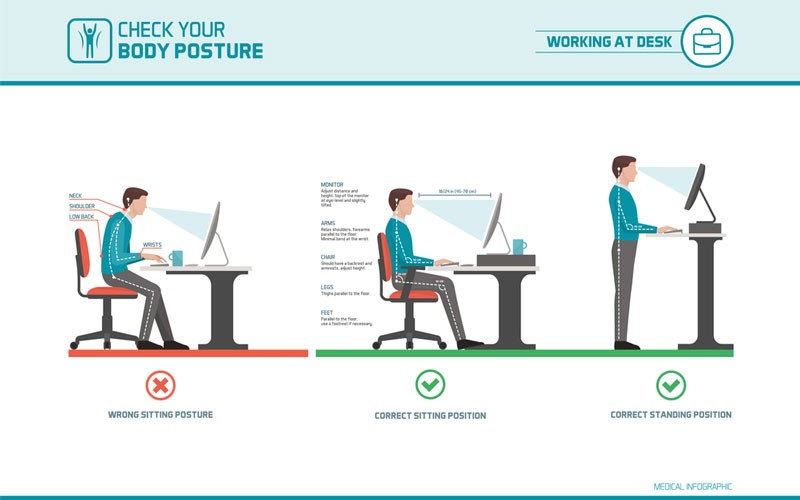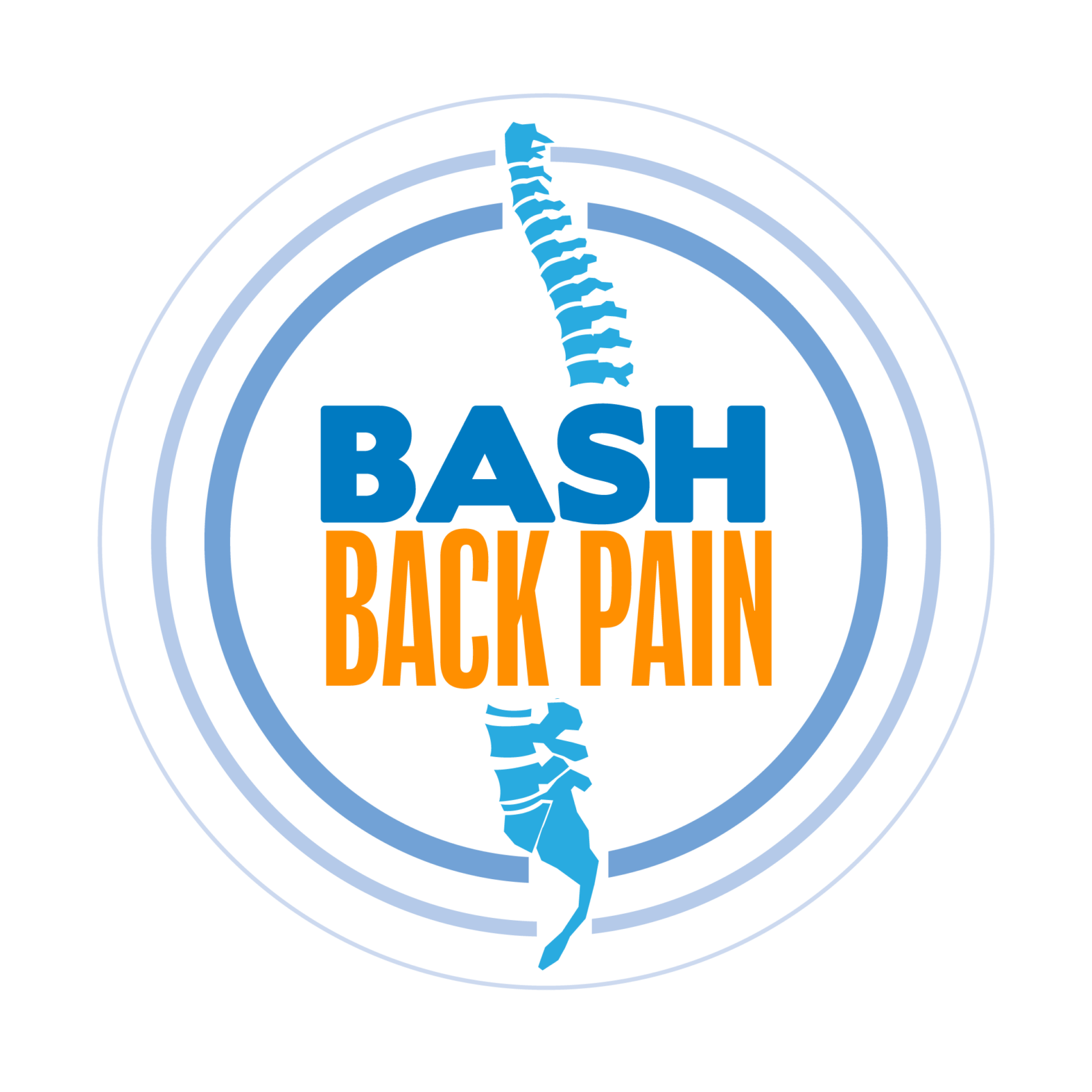An overview of the sciatica nerve
Your sciatic nerve begins at your spinal cord, runs through your hips and buttocks, and then branches down each leg.
Sciatica is a condition when pain radiates from the lower back, down through the leg, possibly as far as the feet where it can cause a condition called drop foot.

It occurs when the nerve is irritated which can occur because of conditions, such as spinal arthritis, or lumbar spinal stenosis and most commonly, herniated/bulging lumbar discs.
It can also occur as a result of something called piriformis syndrome and by sitting for extended periods of time in the one position.
Here I would like to look at several steps you can take to relieve your sciatica nerve pain.
How do I relieve my sciatica pain?
Use Hot/Heat and Cold Packs
Heat packs can help reduce pain by warming up our muscles and nerves, causing them to expand and loosen.
Cold packs help by reducing unwanted inflammation, and removing excess heat.
The key to using these packs to address your pain is to know when to use each one.
Heat should be applied before an activity.
By loosening up the muscles, heat can help us prepare for movement, meaning our muscles will be under less stress when it actually begins.
Heat packs followed by some stretches before an activity is the most effective way to reduce pain.
Cold packs are most effective when used after an activity.
Whatever the activity is, moving around stretches our muscles and causes them to heat up. This can lead to inflammation, which could be the cause of your sciatic pain.
If this is the case, applying a cold pack after an activity will help your muscles cool down and reduce inflammation, thereby reducing your pain.
Move more often
Unfortunately, so many jobs these days involve us sitting or standing in the same place for extended periods of time. In some cases the entire work day is spent in these positions.
In the modern 1st world we are no longer working in the fields, hunting for animals and building our homes. Those days of varied daily movements as part of our everyday living are long gone for most of us.
Being stuck in the same posture the entire day can lead to all sorts of pain and other health issues, with sciatica being one of the most commonly reported.
However, it doesn’t take a lot of effort to break this cycle. You need to make sure that you never remain sedentary for too long.
You could set an alarm on your phone or watch for every hour to get out of your chair and take a small walk even if it is across the room and back.

Pull your shoulders back and stretch your arms towards the ceiling, move your spine into extension, relax your arms down, now take 3 or 4 deep belly breaths where you expand and push out your stomach during the inhale and forcibly flatten it on the exhale.
You need to move regularly throughout the day to ensure you are not becoming a slave to your work posture.
If you start to do this every hour of your working day and learn to regularly move about you will be well on your way to preventing any further sciatica pain.
You can also check out my youtube video below where i go over a series of movements and stretches that can help reduce your sciatica pain even further.
Sit right to relieve sciatica pain
Now, as mentioned previously sitting for extended periods of time can lead to muscle aches and other issues such as sciatica.
However, there is no such things as “the perfect posture” and it wouldn’t matter what position you sat/stood in eventually you would get tired and parts of your body would start to ache.
Regular movement is the key, as discussed earlier.
But, there are some positions that may place more stress on parts of our body than others and this is especially true when staring at a computer screen.
How to set up your workstation to minimize sciatica pain?
It is recommended that when sitting:
- your eyes should be level with the centre of your screen
- your ears should be directly above your shoulders, which are in turn directly above your hips.
- your hips should form a right angle heading towards your knees, which should form another right angle down to your feet.
- your feet, directly below your knees, will then form a right angle with the floor.
Remember, adopting the above position is not a license to spend 8 hours in that position it is simply one which should take a great deal of tension off the sciatic nerve, reduce irritation, and lessen the pain you feel.

Sciatica on its own is not a worrying condition, but it can cause us physical pain and even mental distress which can worsen over time.
If you need more help in addressing your sciatica pain problem sign up for my free email back/sciatica pain recovery tips here where I send you weekly tips on how to prevent and effectively manage your pain.
I hope all of the above advice will help you and go some way to reducing your sciatica nerve pain.
Please feel free to share this with others who may be suffering from sciatica.
If you are interested in further reducing your lower back/sciatica pain then you should check out my lower back pain recovery course. I have compiled my 25 years of knowledge into a 21 day program which I have used successfully with hundreds of clients to reduce their chronic lower back/sciatica pain and return to a life of normality.

